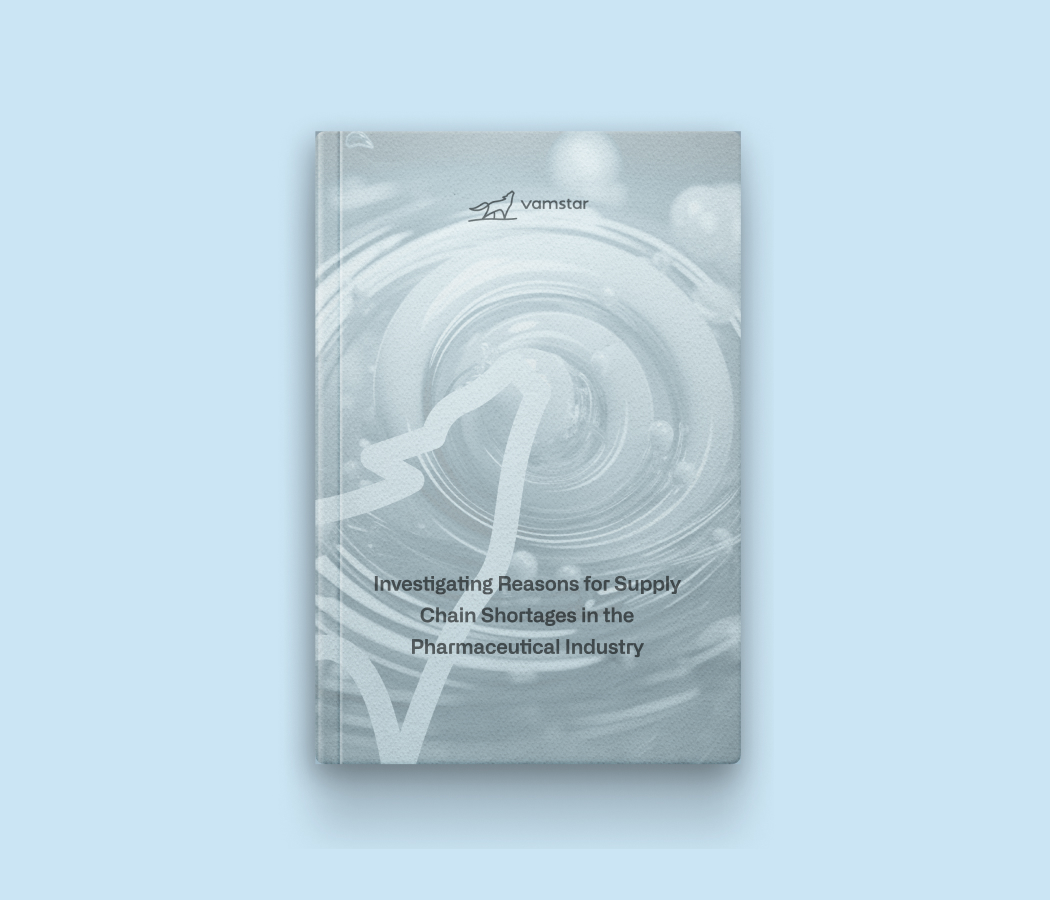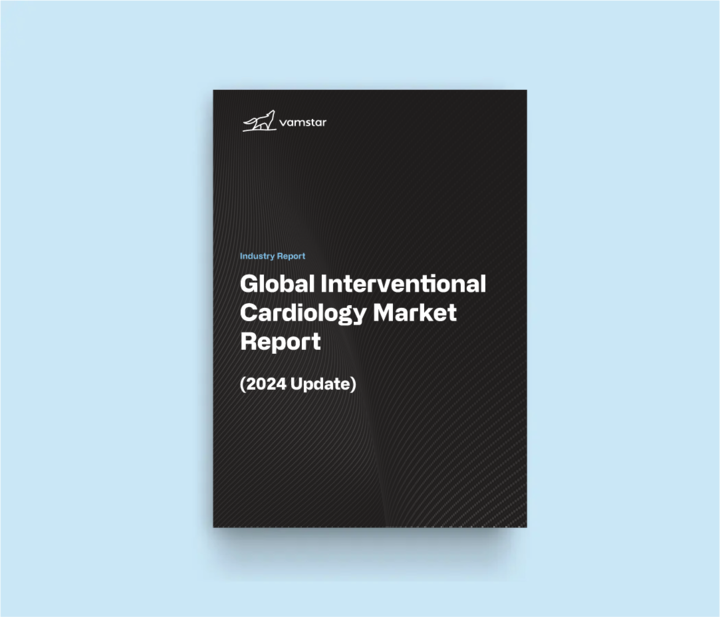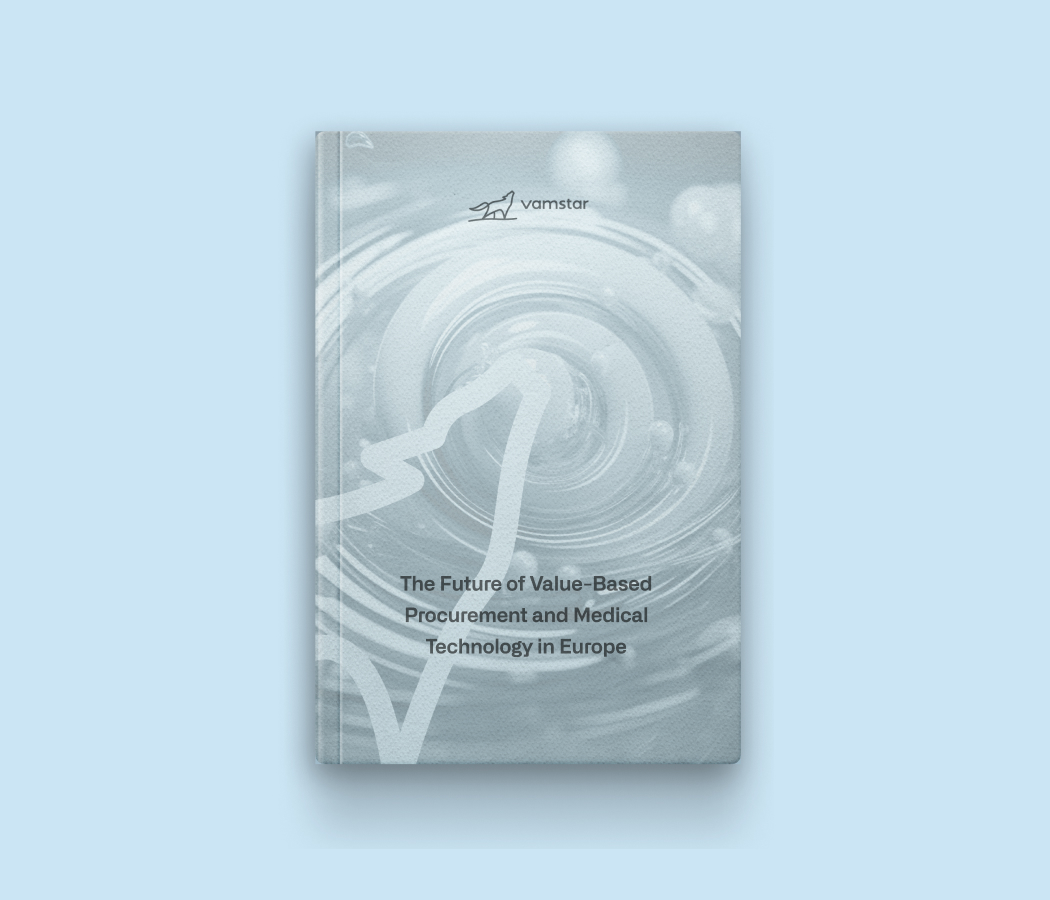10 minutes read
Enhanced EU Regulations for In Vitro Diagnostic Devices: A Comprehensive Overview
The European Union has recently introduced significant regulatory updates impacting the in vitro diagnostic (IVD) industry through the In Vitro Diagnostic Regulation (IVDR). These modifications aim to enhance patient safety and ensure high standards of quality for IVDs used across the EU. Below is an outline of the IVDR and the strategic enhancements made to the regulatory landscape.
Understanding the IVDR
The In Vitro Diagnostic Regulation (IVDR) is an integral part of the EU’s efforts to ensure that medical devices, specifically those used to perform diagnostic tests on samples from the human body, meet the highest safety and performance standards before they reach the market.
Purpose and Scope
Objective: To bolster public health and patient safety through stringent compliance requirements for IVDs.
Application: Covers all forms of in vitro diagnostic medical devices, including home-use items like blood glucose tests and complex laboratory equipment.
Key Features
1.Risk-Based Classification: Devices are categorised into four classes (A, B, C, D) depending on the risk they pose to patients, with Class D being the highest risk. This classification influences the regulatory requirements each device must meet.
2. Stringent Oversight: Introduces enhanced pre-market scrutiny for higher-risk devices and requires more robust clinical evidence to support claims of safety and effectiveness.
3. Quality Management: Mandates comprehensive quality management systems for manufacturers to ensure ongoing compliance and device reliability throughout their market lifecycle.
Recent Regulatory Enhancements
With the latest updates, the IVDR has seen pivotal changes aimed at improving the regulatory framework and operational transparency.
Extended Transition Periods
Recognising the complexities involved in meeting the new standards, the EU has proposed extending the compliance deadlines for certain IVDs. This move is intended to give manufacturers additional time to align their products with the IVDR’s rigorous requirements without disrupting the supply of critical diagnostic tools.
Conditions for Extended Deadlines
To qualify for an extension, IVDs must:
- Continue adhering to the previous IVDD standards.
- Not undergo significant changes in design or intended use.
- Ensure no compromise on the safety or health of users.
Accelerated Rollout of EUDAMED
Another major advancement is the faster implementation of EUDAMED, the European database on medical devices. This platform is designed to enhance transparency by providing comprehensive data on device registration, certification, and market surveillance.
Impact on Healthcare Systems
These updates are expected to have a profound effect on the European healthcare system by:
- Ensuring continuous access to high-quality IVDs.
- Facilitating better monitoring and management of medical devices.
- Enhancing patient safety through improved regulatory oversight and transparency.
As these changes unfold, stakeholders across the healthcare and regulatory spectrum are encouraged to stay informed and prepared for the evolving compliance landscape. These efforts are critical in maintaining the integrity and effectiveness of healthcare diagnostics across Europe.
Speak to our industry experts
Vamstar boasts a team of industry experts equipped with advanced technological capabilities, ready to support the needs of your organisation. Click on the following link to learn more.
Other Materials
Book a 30 minutes meeting with us
Welcome to our scheduling page! Please choose an available date below to get started.
30 minutes meeting
We’ll email you the meeting link

























